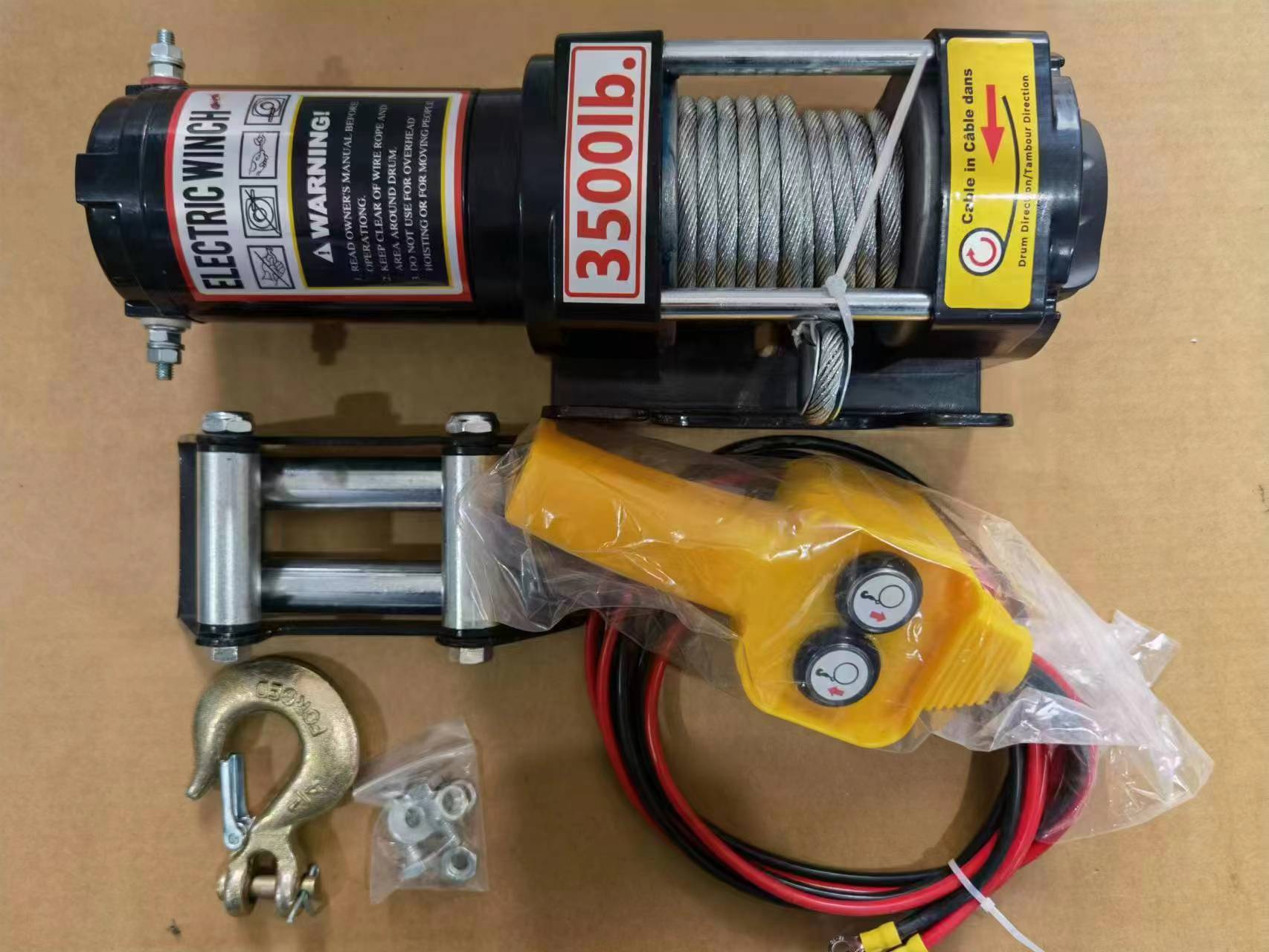


Fall Protection Tools Essential Safeguards for Worker Safety
In various industries, particularly construction, maintenance, and warehousing, fall accidents are a leading cause of injuries and fatalities. To mitigate these risks, employers are mandated to provide fall protection systems and tools that not only comply with safety regulations but also ensure the well-being of their workforce. Understanding the various fall protection tools available and their proper usage is vital for enhancing workplace safety.
Types of Fall Protection Tools
1. Personal Fall Arrest Systems (PFAS) PFAS are critical safety tools designed to stop a worker from falling. This system generally includes a full-body harness, a lanyard, and an anchor point. The harness fits securely over the body, distributing the force of a fall across the torso, while the lanyard connects the harness to a secure anchor. It’s crucial that workers are trained on how to properly wear and adjust their harness to ensure maximum protection.
2. Guardrails Guardrails are physical barriers installed around elevated work areas to prevent falls. Composed of top rails, mid-rails, and toe boards, they offer a visual and physical deterrent to workers teetering on the edge. Additionally, guardrails are a passive fall protection method since they do not require any action from the worker to be effective.
3. Safety Nets Safety nets are used in situations where fall arrest systems cannot be effectively utilized. These nets are positioned below the work area to catch falling workers, tools, or materials. They are especially useful on construction sites where multiple levels are in operation. Safety nets must be inspected regularly to ensure there are no holes or damage.
4. Ladders and Scaffolding While ladders and scaffolding are integral to many construction tasks, using them safely is paramount. Proper setup and adherence to safety guidelines can significantly reduce fall risks. For example, ladders should be placed on stable surfaces and secured, while scaffolding should be erected by trained personnel following manufacturer guidelines to ensure stability.

5. Fall Restriction Devices These devices do not allow the worker to fall beyond a prescribed point. This might include systems like travel restraint systems, where the worker is tethered to an anchor point limiting their movement. These tools are beneficial in situations where the risk of falling is present but can be controlled.
6. Anchor Points The effectiveness of a fall protection system relies heavily on the quality of anchor points. They must be securely attached to a structural element capable of withstanding the forces associated with a fall. The selection and installation of anchor points should always be done by trained professionals.
Importance of Training and Compliance
Providing the right fall protection tools is only part of the equation. Equally important is ensuring that all employees receive appropriate training on how to use these tools effectively. This includes understanding the correct application of PFAS, the importance of guardrails, and how to identify potential fall hazards in their work environment. Regular safety training refreshers and drills can help maintain a culture of safety on-site.
Moreover, regulatory compliance is paramount. Organizations such as the Occupational Safety and Health Administration (OSHA) lay down guidelines for fall protection in the workplace. Familiarizing oneself with these regulations can help businesses avoid penalties and improve overall safety outcomes.
Conclusion
Fall protection tools are indispensable in minimizing the risks associated with falls in the workplace. From personal fall arrest systems and guardrails to safety nets and proper training, employing a comprehensive fall protection strategy not only complies with regulatory requirements but also fosters a culture of safety. By prioritizing the correct use of fall protection tools, employers can safeguard their most valuable asset—their workforce. Creating a safe working environment ensures not only enhanced productivity but also protects the well-being of every employee on the job site. Investing in quality fall protection tools and training is an investment in a safer and more efficient workplace.



